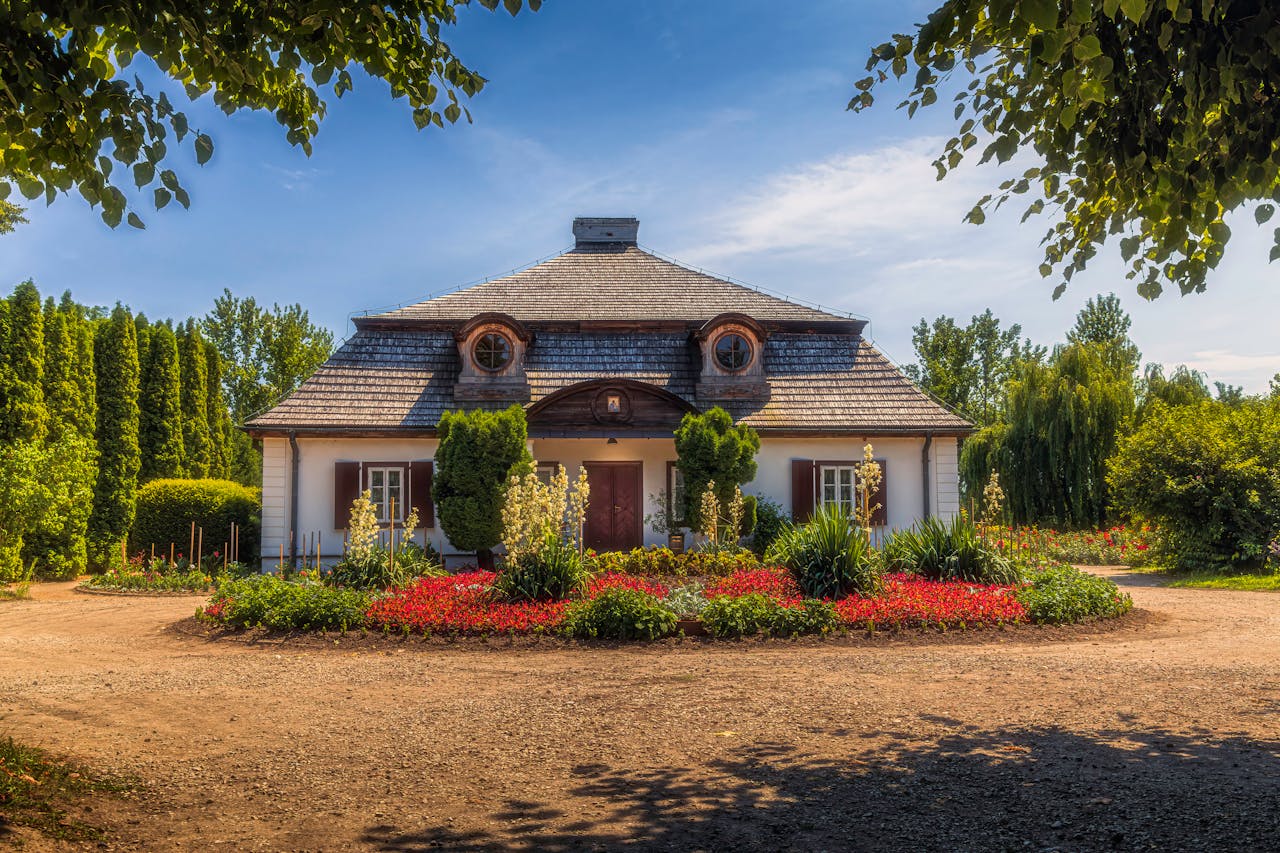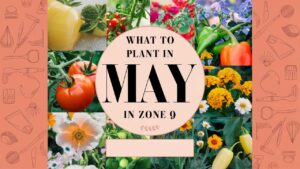A well-designed flowerbed can add a splash of color, enhance your home’s architectural style, and create a welcoming atmosphere. But with so many varieties to choose from, selecting the right flowers can feel overwhelming. This guide will help you navigate the world of flowers and choose the perfect blooms to grace the front of your house.
Petunias
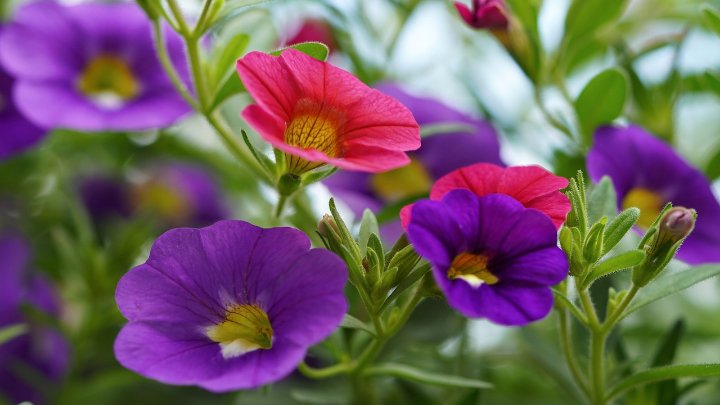
Petunias are a personal favorite of mine for the front of the house. They are available in a wide range of colors and are easy to care for, making them an ideal choice for both beginner and experienced gardeners. Petunias bloom profusely throughout the growing season and look great in hanging baskets, window boxes, or planted directly in the ground. Their trailing habit makes them perfect for adding a pop of color to the front of the house.
Marigolds
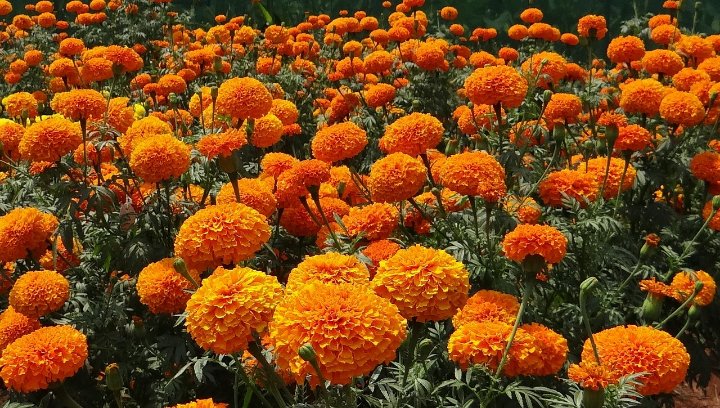
Marigolds are a great option for the front of the house due to their bright, bold colors that add a vibrant splash of color to the yard. They are also great for keeping bugs away, making them a natural pest control solution. Marigolds are easy to grow and require little maintenance, making them an excellent choice for busy homeowners.
Geraniums
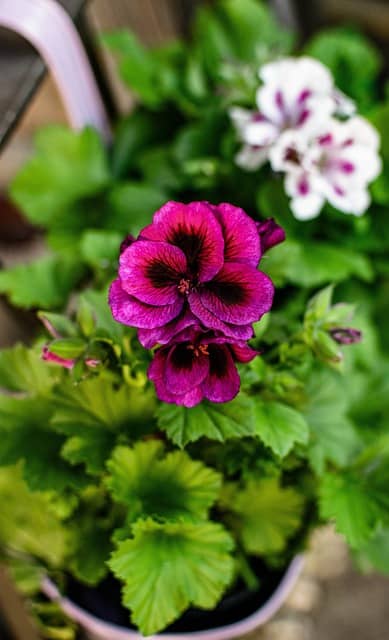
Geraniums are a classic option for the front of the house. They bloom all season long and come in a wide range of colors. They are also low-maintenance and thrive in both sunny and shaded areas. Geraniums look great in pots, window boxes, and garden beds, making them a versatile choice for any front yard.
Snapdragon
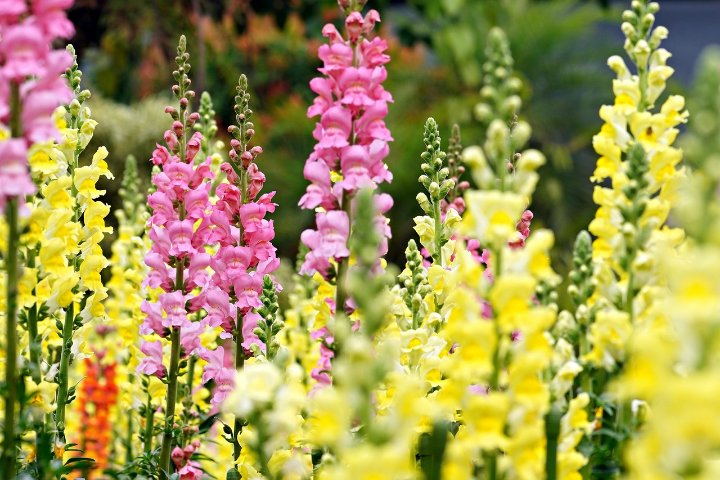
Snapdragons are a unique option for the front of the house due to their spiky appearance and range of colors. They are a great option for attracting pollinators like bees and butterflies, making them an eco-friendly choice for the front yard. Snapdragons look great in garden beds, along walkways, or planted in pots.
Begonias
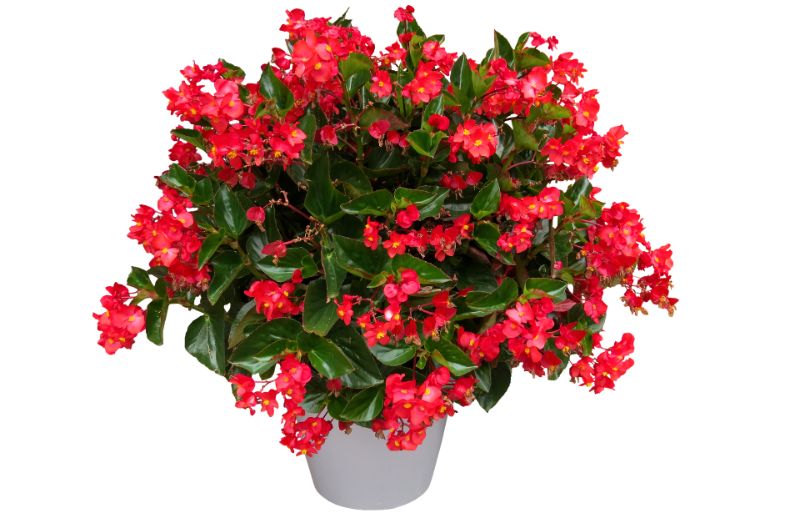
Begonias are a stunning option for the front of the house due to their large, showy blooms. Tuberous begonias are a particular favorite of mine and look great in pots or directly planted in the ground. Begonias are easy to care for and come in a range of colors, making them a versatile choice for any front yard.
Salvia
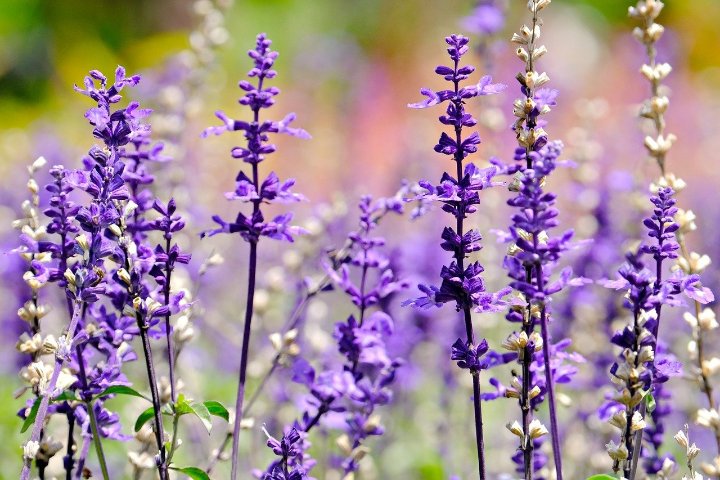
Salvia is a hardy plant that blooms in late summer and early fall, making it a great option for adding color to the front of the house later in the season. Its long spikes of blue or purple flowers add height to garden beds, making it a great option for adding dimension to the front yard.
Zinnias
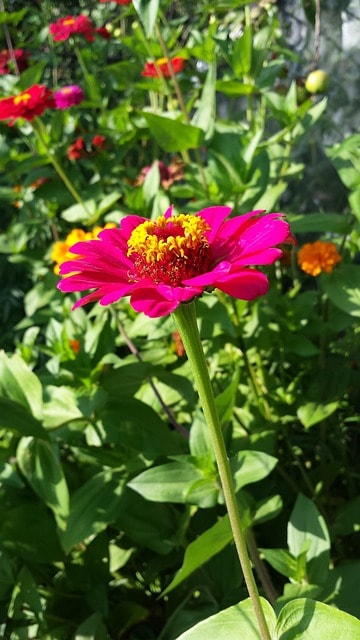
Zinnias are an easy-to-grow flower that come in a wide range of colors and sizes, making them a great choice for creating a cheerful, cottage-style garden in the front of the house. Zinnias bloom all season long and attract pollinators, making them a great option get people buzzing about your front yard.
Dahlias
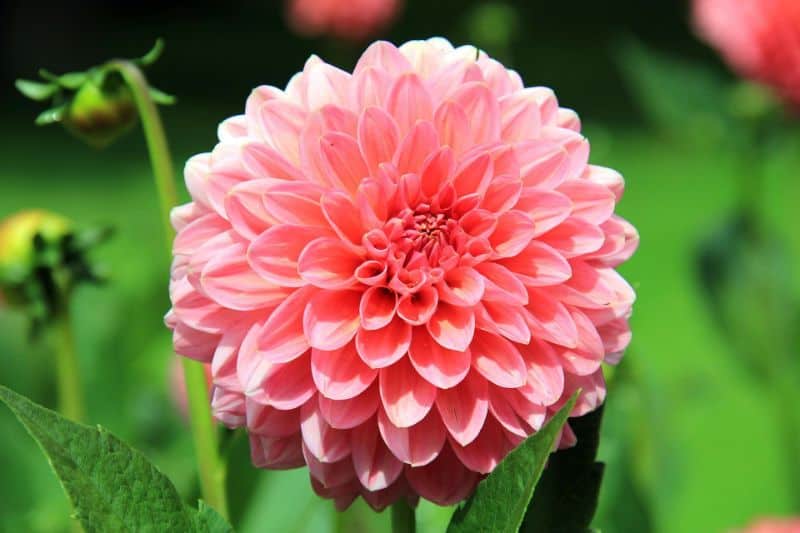
Dahlias are a showstopping option for the front of the house due to their large, showy blooms. They come in a variety of colors, shapes, and sizes, making them a versatile option for any front yard. Dahlias bloom throughout the summer and into the fall, making them a great option for adding color to the front of the house all season long.
Sunflowers
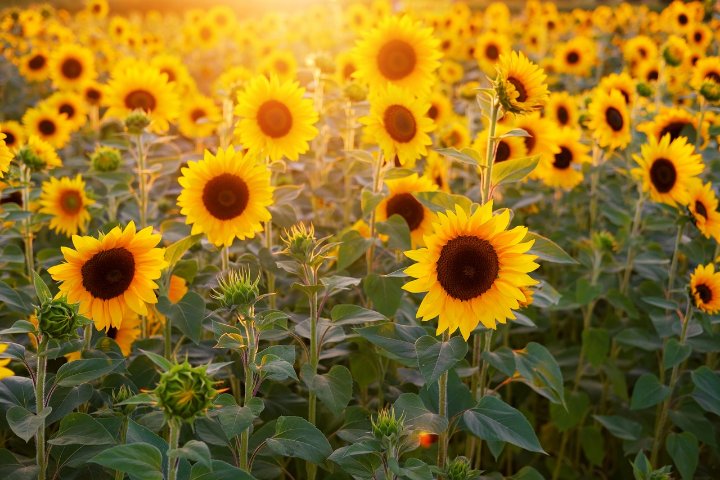
Sunflowers are a cheerful addition to any yard. Their tall, bright yellow blooms add height to a garden bed or planted along a fence or wall. Sunflowers are easy to grow and come in a variety of sizes, making them a great option for adding a whimsical touch to the front of the house.
Perennials
These beauties come back year after year, providing long-term value. Here are a few standouts:
Lavender
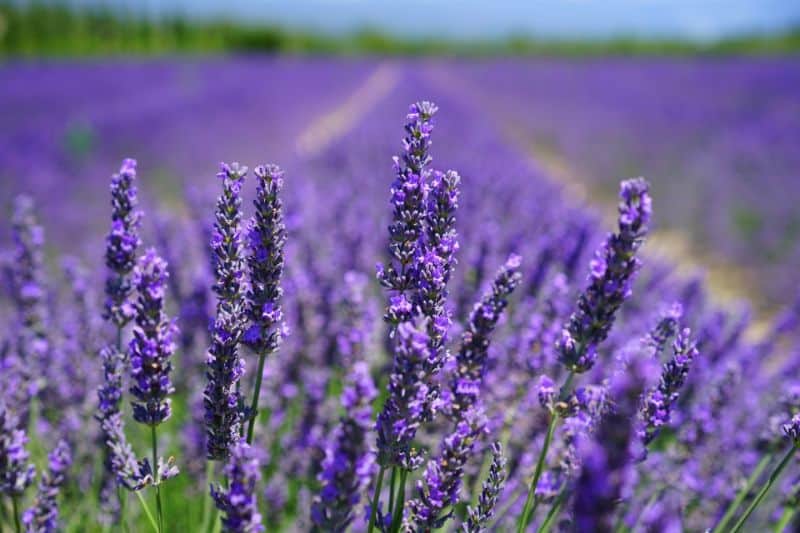
Lavender is a fragrant herb that not only looks beautiful in the front of the house but also has a calming effect. Its purple flowers and sweet scent make me feel relaxed and at peace every time I see them.
Coneflowers (Echinacea)
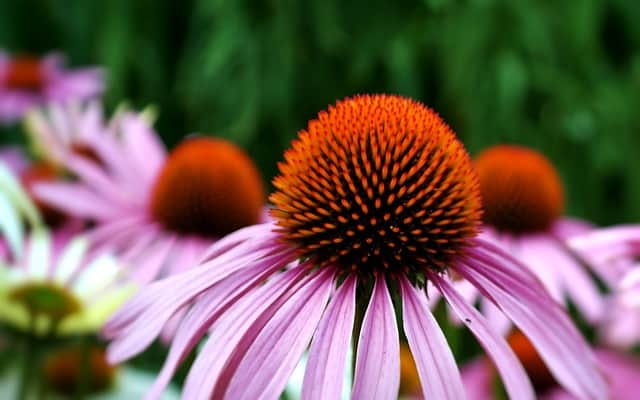
These daisy-like flowers come in various colors, including purple, pink, and orange.expand_more They’re tolerant of most soil conditions, attract pollinators like butterflies, and bloom throughout summer.expand_more
Daylilies (Hemerocallis)
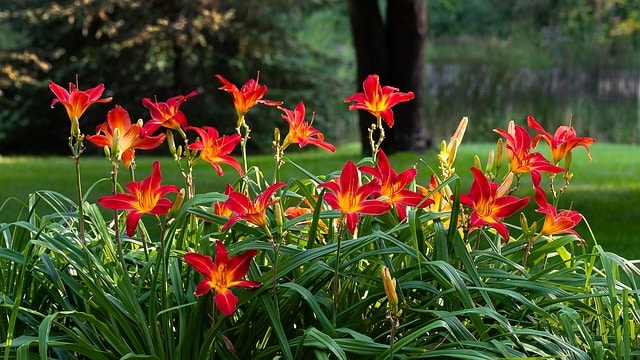
Daylilies offer a dazzling array of colors and bloom times.expand_more Many varieties bloom repeatedly throughout the season, ensuring a continuous show of color.
Columbine (Aquilegia)
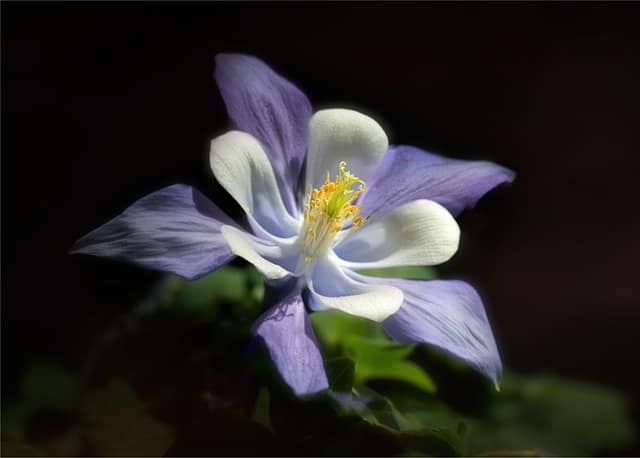
These delicate, nodding flowers come in a spectrum of colors and bloom in late spring and early summer.expand_more They prefer cooler temperatures and do well in part shade
Beyond Flowers: Adding Structure and Interest
While flowers are the stars of the show, incorporating other elements can elevate your front yard design. Here are a few ideas:
Evergreens

Provide year-round structure and color. Boxwoods and hollies are popular choices, offering a formal look.
Grasses
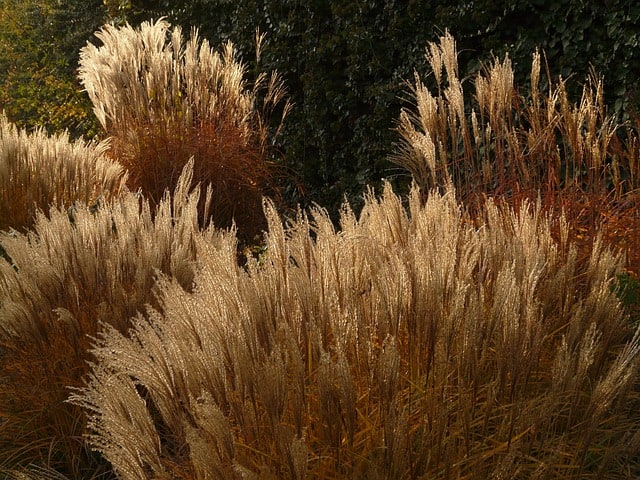
Ornamental grasses add a touch of movement and texture.expand_more Varieties like feather reed grass and blue fescue come in various heights and colors.
Shrubs
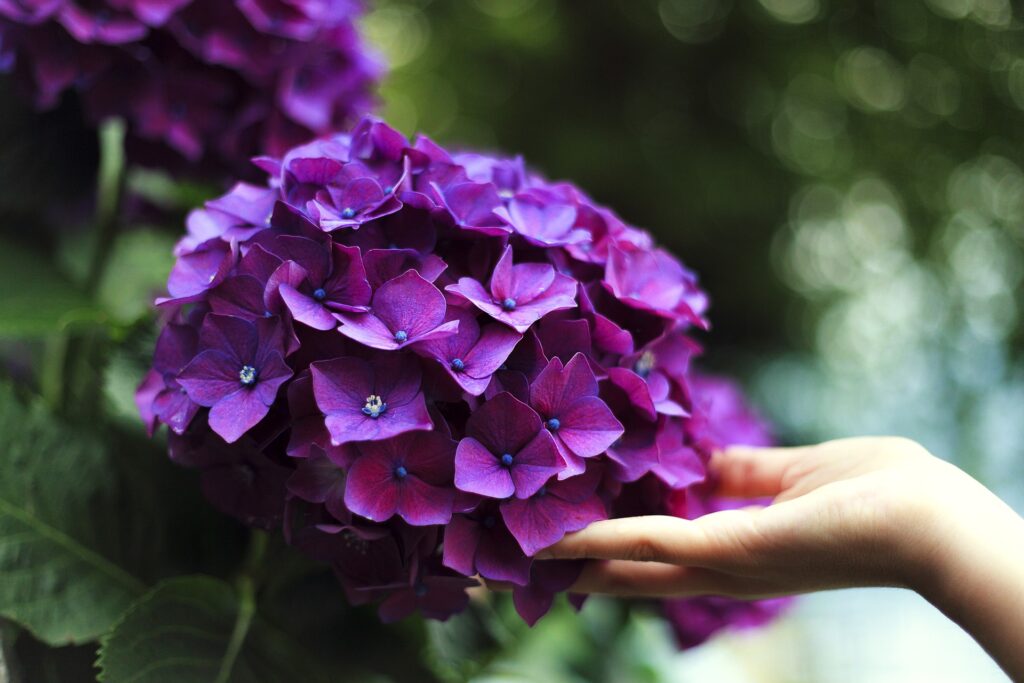
Flowering shrubs provide seasonal color and structure. Hydrangeas, butterfly bushes, and azaleas are popular options.
Stones and Mulch
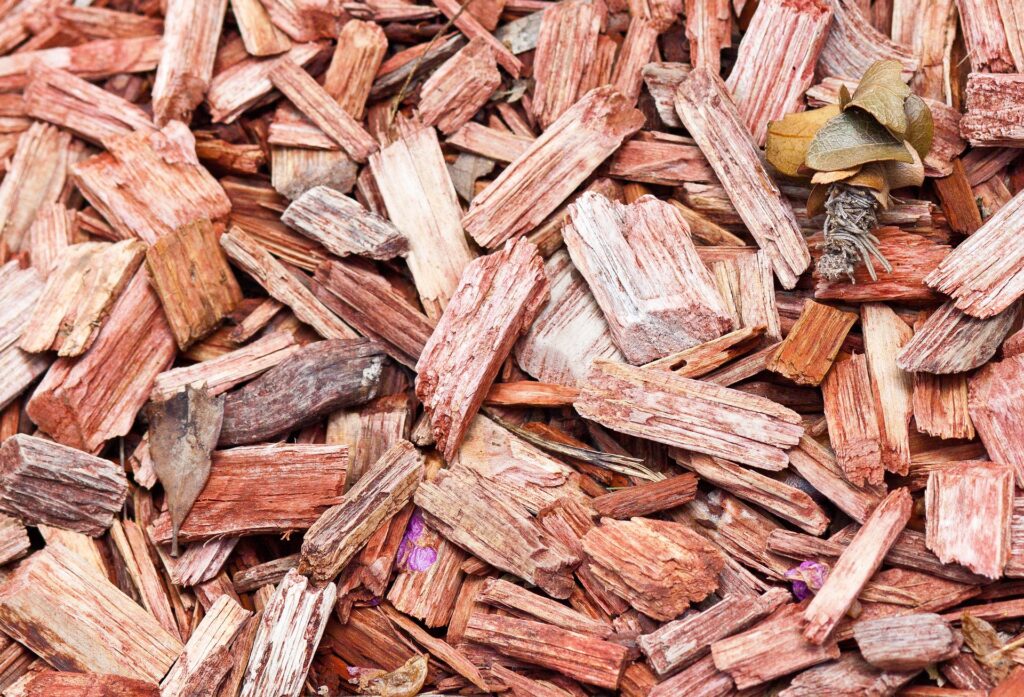
Strategic placement of stones and mulch can define planting beds, suppress weeds, and enhance visual appeal.
Considering Key Factors
Before going out and buying any of the flower varieties on this list, it’s important to consider some key factors that will influence your choices.
- Climate and Sunlight: Research plants suited to your USDA hardiness zone, which indicates your region’s average winter temperatures. Sun exposure is another crucial factor.expand_more Full sun means at least 6 hours of direct sunlight daily, while part shade receives 3-6 hours, and full shade gets less than 3 hours.expand_more
- Maintenance: Consider how much time and effort you’re willing to invest in caring for your flowers. Some varieties require regular deadheading (removing spent blooms) and frequent watering, while others are relatively low-maintenance.
- Color Scheme and Style: Think about the overall look you desire. Do you prefer a formal and elegant presentation, a burst of vibrant colors, or a cottage-style garden with a relaxed feel? There are flowers to suit every aesthetic preference.
- Height and Spread: Plan your flowerbed layout by considering the mature height and spread of each plant you choose.expand_more Taller flowers should be positioned at the back of the bed, with shorter varieties in front.


